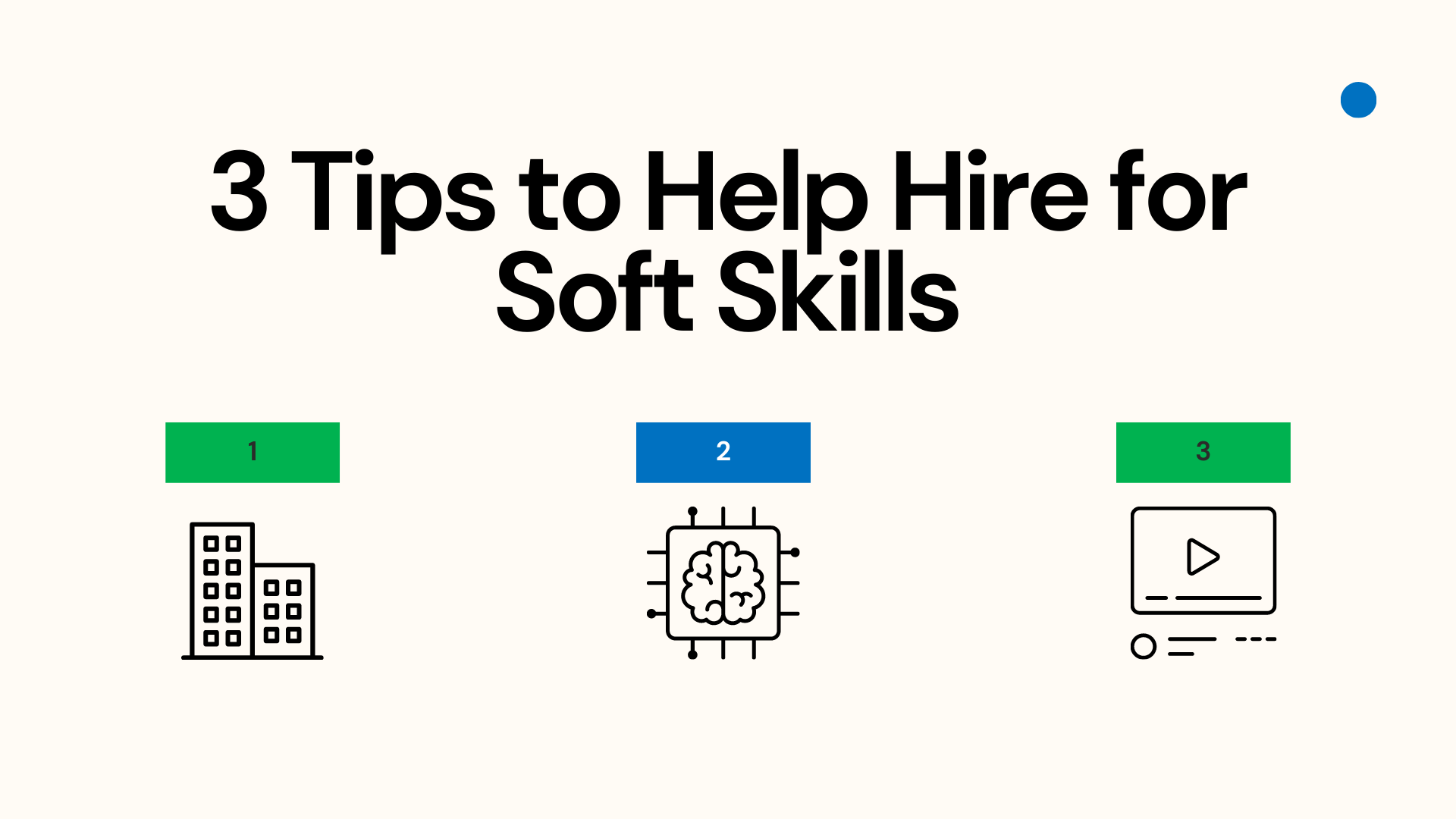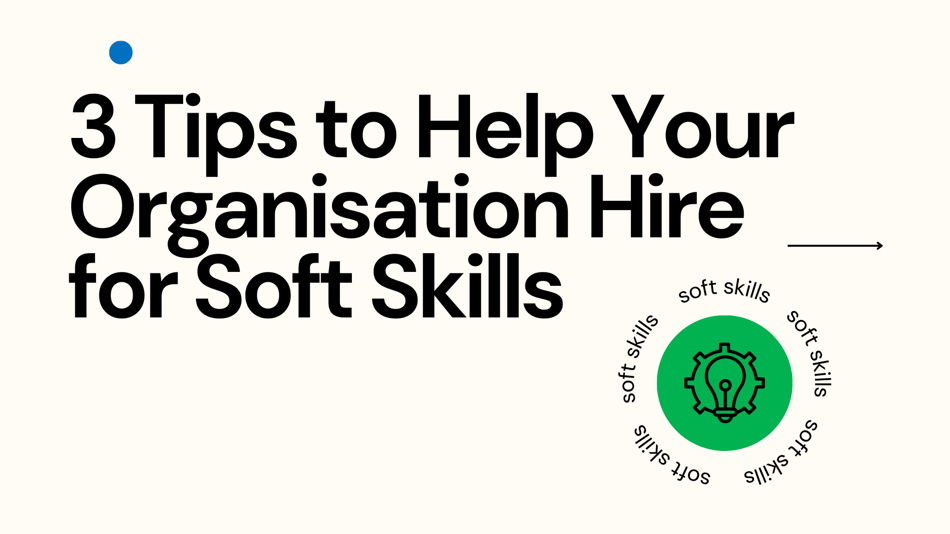Soft vs Hard Skills. What’s the Difference?

Soft skills refer to factors that are usually difficult to learn or measure by quantitative methods. This generally means ‘essential’ skills that are increasingly a prerequisite to applying learned knowledge. For example, collaboration, communication and ability to adjust to change are soft skills. They’re largely qualitative in nature and acquired through interpersonal experience in the workplace, or otherwise. There’s no mathematical formula or calculation to express the optimal way to operate with others in a team, or critically assess a written proposal or legal contract. Hard skills on the other hand, are clearly attributable knowledge-sets, such as programming, or financial modelling.
So Why is This Important?
Both hard and soft skills have always been important in the workplace, and hiring environment. However – due to increasing changes in technology, as well as other factors, such as hastening rates of change and personal & employment mobility – the importance of soft skills is becoming far more significant. The practical implication of this change is that there is a shortage of essential soft-skills in the employment marketplace. There are many reasons why the employment market hasn’t caught up to changes in industry, nonetheless, that may be out of our immediate control. According to research from Deloitte Access Economics, there is a global OVER-supply of ‘Active Listeners’, whilst skills such as ‘Customer Service’, ‘Leadership’ and ‘Sales’ are far harder to come by (Uni anyone?). You have to teach and develop this on the job – so let’s look at some tips to make this easier…
3 Tips to Help Hire for Soft Skills

1 – Hire Staff Into Your Organisation, Not a Role
If you’re a forward looking organisation, looking to thrive well into the future, you need to adapt, change, shift, deflect, reflect, and reset. Often. And fast. Makes sense right? The market’s moving faster than it ever has and so is technology. The skills and roles you require now will be made ‘obsolete’ very quickly – for example, think of the excel graph wizard… ‘can you use Tableau?’ No? It might be a problem if that’s what management now requires.
A staff member that has the capability to take on new information, learn fast and apply new knowledge in an agile manner should be very valuable to your company. The past experience of staff, or candidates, becomes less relevant when we understand that it is very unlikely their experience will be applied the same way moving forward. As such, consider not hiring specifically for a defined role (at least in the long term), that Accounts Payable staffer may be made redundant by new automation software or outsourcing – where else could you deploy their valuable attention to detail and stakeholder management skills?
2 – Consider the Role of Technology – What Can It NOT Do?
Technology is amazing, it has made our lives much easier and will continue to do so at an increasing rate. When hiring, it’s important to assess how you believe technology will change the future requirements and skill-sets of your workforce. McKinsey recently estimated that up to 46% of the current workforce will be automated by 2030 – primarily replacing hard skills. Acknowledging this is a start. Using it to inform your hiring decisions comes next. What can Artificial Technology and Machine Learning NOT do? (at least, not yet!). You probably thought of complex human tasks, such as creativity, empathy, personal relationships and addressing emotional complexity when selling or dealing with stakeholders. Train, upskill, research and HIRE for those soft skills as this is what will benefit your workforce and organisation the most moving forward into the future.
3 – Use Automation to Your Advantage to Find Soft Skills
Flip the script. How can we use technology to actively find soft skills worth hiring for? Firstly, consider using hiring and onboarding software to make the process as efficient as possible. The hiring market is as competitive as ever, if you’re systems are not up to scratch, it will be difficult to attract and hire quality talent. Automating the process allows HR to use their human soft skills to approach and assess the best candidates, as opposed to being bogged down with manual paper contracts and employment forms.
Secondly, develop a soft-skill based assessment into your application process. Pre-screen your interviews with more than just a resume. Try to build a ‘social profile’ where possible, you may use a simple emotional or video assessment for this. Doing this will give you a deeper understanding of the candidate (other than their experience or technical knowledge). Not to mention saving time and money! Using this software, and by profiling the highest performing internal staff, you can start to build an ideal new-hire ‘soft-skill profile’ that would be most likely to succeed in your organisation. In the long term too – not just for a limited and soon-to-be-replaced role.
So What Have We Learnt?
Evidently, the skills required to provide value and compete in a changing economy are changing, as they always have. Your organisation needs to keep up! In this article we’ve taken a look at some areas to focus on and some ideas to think about. Hire into your organisation based on forward-looking soft skills, such as creativity, leadership and ability to adapt to change quickly. Accept technology, embrace it, and use it to your advantage. Screen candidates based on the human skills you’re after, and use technology to optimise the hiring process.
Best of luck with your future hires and I hope these tips were helpful to you and your organisation.





Blog comments